Tomatoes: vibrant, juicy, and essential to cuisines everywhere—from pizzas and pastas to salads and salsa. But beyond being a kitchen classic, tomatoes are a massive global crop. So, who grows the most of these red gems? China claims the top spot by a substantial margin.
Global Tomato Production at a Glance
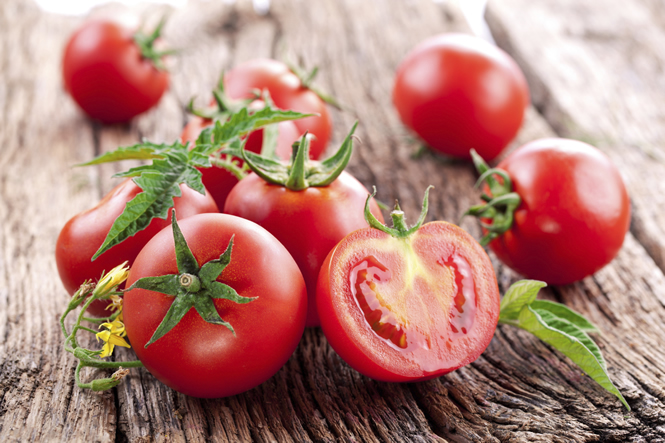
According to FAOSTAT and other agricultural databases, worldwide tomato production hit around 186–187 million metric tons in 2020 amhpac.org+2rankingroyals.com+2en.wikipedia.org+2. That staggering volume reflects tomatoes’ staple status.
In 2022, global output reached 186 million tonnes, with China alone contributing 68.2 million tonnes, or roughly 37% of the total en.wikipedia.org.
Top Tomato-Producing Countries (2022)
Here’s how the leading nations stack up:
| Rank | Country | Production (million tonnes) |
|---|---|---|
| 1 | China | 68.24 |
| 2 | India | 20.69 |
| 3 | Turkey | ~13.0 |
| 4 | United States | 10.2 |
| 5 | Egypt | 6.28 |
| 6 | Italy | 6.13 |
| 7 | Mexico | 4.21 |
| 8 | Brazil | 3.81 |
| 9 | Nigeria | 3.68 |
| 10 | Spain | 3.65 |
Why China Leads the World in Tomato Production

Several key factors fuel China’s dominance:
1. Scale + Volume
China farms tomatoes on over 1.1 million hectares, yielding approximately 58.5 t/ha in 2020 en.wikipedia.org+9fengshuiresearchcentre.com+9en.wikipedia.org+9nationmaster.com+6tomatonews.com+6amhpac.org+6.
2. Greenhouse Prowess
More than 50% of China’s harvest comes from greenhouse systems, enabling year-round production—even through cold months scienceagri.com.
3. Export-Oriented Processing
China is a major exporter of tomato paste and concentrate, tapping into global food manufacturing demand .
4. Steady Growth
Between 2013–2024, China’s production grew about +2.9% annually, making it a robust trend en.wikipedia.org+4indexbox.io+4indexbox.io+4.
India: A Distant Second
India ranks second, producing 20–21 million tonnes of tomatoes annually—around 11% of global output en.wikipedia.org+6reddit.com+6reddit.com+6.
Key strengths include:
- Broad domestic demand, fed by fresh consumption and processed products like chutneys and sauces.
- Lower yield per hectare (about 25 t/ha vs. China’s 58 t/ha), indicating room for productivity gains reddit.com+1reddit.com+1.
Turkey, USA, and Others

- Turkey: Produces around 13 million tonnes, with about 72.6 t/ha yield tomatonews.com+1fhasal.in+1.
- USA: Ranks fourth at roughly 10.2 million tonnes, but stands out with a high yield of 110.7 t/ha—thanks to large-scale mechanization and irrigation fhasal.in.
- Egypt, Italy, Mexico, Brazil, Nigeria, and Spain produce between 3–6 million tonnes each .
Factors Behind Regional Differences
Technological Edge
- China & USA: Greenhouses, drip irrigation, mechanized harvesting → higher efficiency.
- India: Growth primarily through expanding farmland, less mechanization leading to lower yields.
Market Orientation
- China: Dominates processed tomato exports.
- India: Strong local consumption, limited formal export infrastructure.
Climatic Conditions
- Mediterranean countries like Turkey and Spain use optimal climate and traditional irrigation to produce high-value, often organic or premium-quality tomatoes.
Evolving Tomato Industry Trends
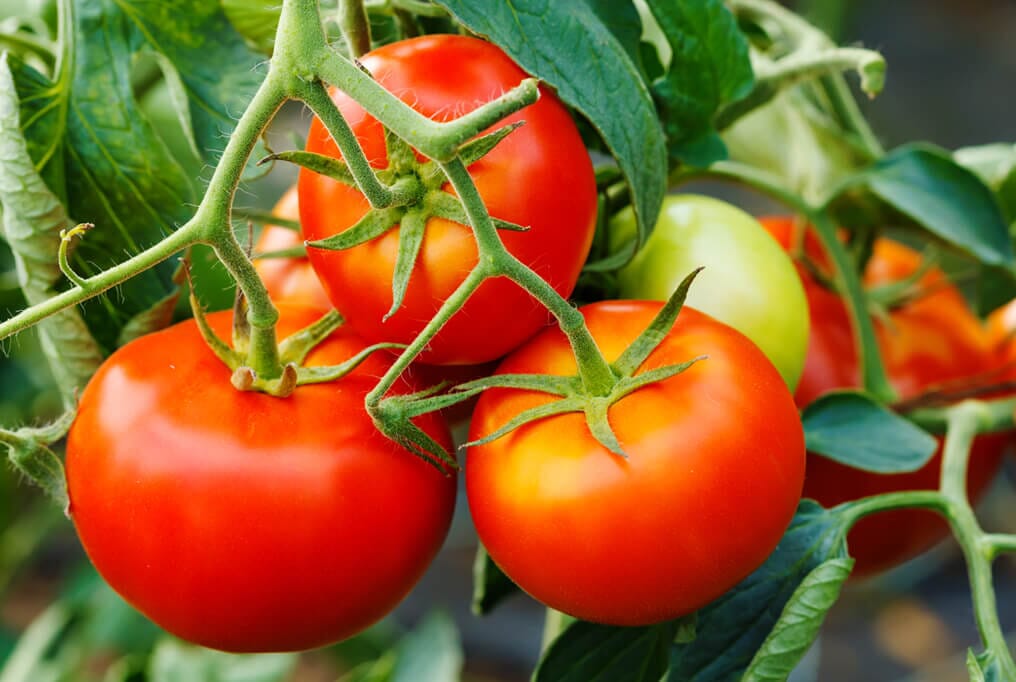
1. Global Production Forecasts
- 2030 projection: world production to reach ~221 million tonnes, valued around USD 239 billion nationmaster.com+15indexbox.io+15rankingroyals.com+15en.wikipedia.orghortidaily.com+8fengshuiresearchcentre.com+8tomatonews.com+8.
2. Yield & Area Insights
- Average yield plateaued around 36–37 t/ha (2017 peak, 2024 around 36 t/ha) .
- Harvested land spans about 5.3 million hectares, showing slight declines in recent years indexbox.io+2indexbox.io+2indexbox.io+2.
3. Market Shifts
- Rising demand for tomato paste, sauces, canned tomatoes drives processed production—of which China supplies a large share.
Beyond Production: The Tomato’s Broader Impact
Health & Lifestyle
- Tomatoes are rich in lycopene, vitamins, antioxidants—central to heart health and cancer prevention.
- Their role in the Mediterranean diet makes them staples in health-conscious diets.
Economics
- Tomato farming provides livelihoods to millions—from large farms in China and the U.S. to smallholdings across India.
- Processing industries create jobs and export earnings.
Culture
- Families make tomato-based dishes: Indian curries, Italian sauces, American ketchups, and Chinese tomato-and-egg stir-fries reddit.com+1fhasal.in+1.
The Future of Tomato Farming
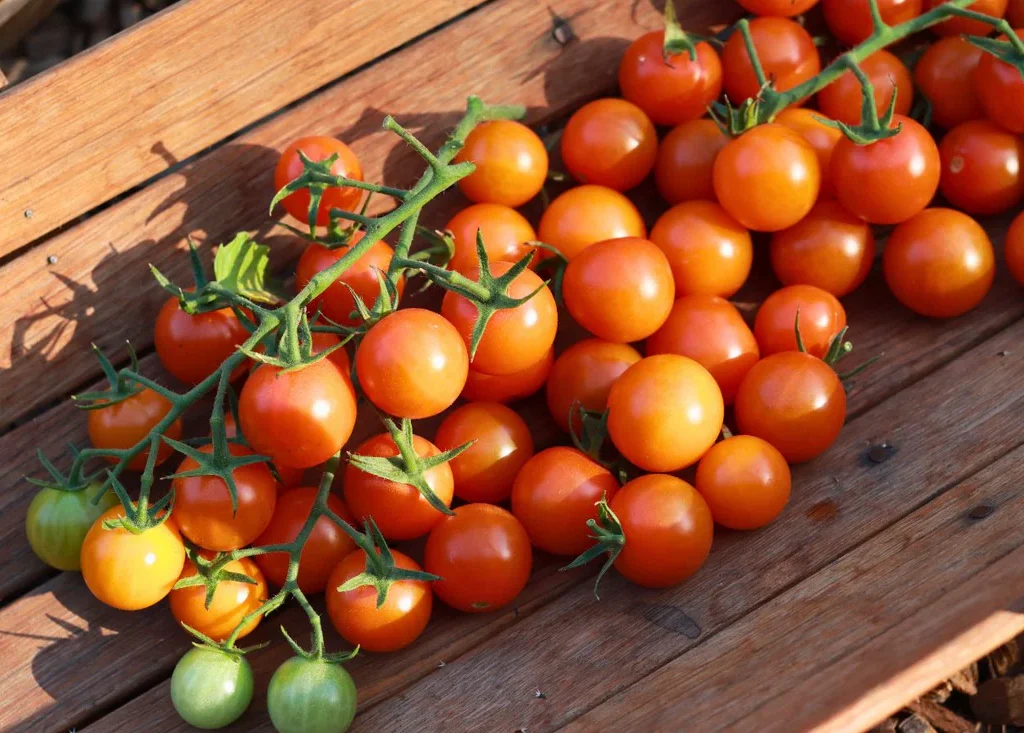
Advancements & Opportunities
- Greenhouse expansion in temperate zones.
- Introduction of drought-resistant, high-yield tomato varieties.
- Integration of IoT-based precision agriculture—monitoring soil moisture, nutrients, and pests.
Environmental Pressures
- Climate change and water scarcity threaten yields.
- Farmers increasingly utilizing protected cultivation and recycled water systems.
Global Consumption Patterns
- Rising demand in emerging markets (Asia‑Pacific, Africa).
- Shift toward healthy, plant-based, processed foods continues to power growth.
Conclusion
In the global tomato landscape, China towers above all—producing over 68 million tonnes annually, triple the output of its closest rival, India scienceagri.com. This dominance is driven by vast farm acreage, greenhouse technology, strong processing industries, and consistent production growth.
While India, Turkey, the U.S., and European nations play important roles, none match China’s sheer volume. However, many are leaders in yield efficiency, premium varieties, and organic practices.
As consumer demand continues to evolve—from fresh-eating to processed sauces—innovations in sustainable tomato cultivation will shape the future. For now, though, the red crown of tomato supremacy firmly rests with China.

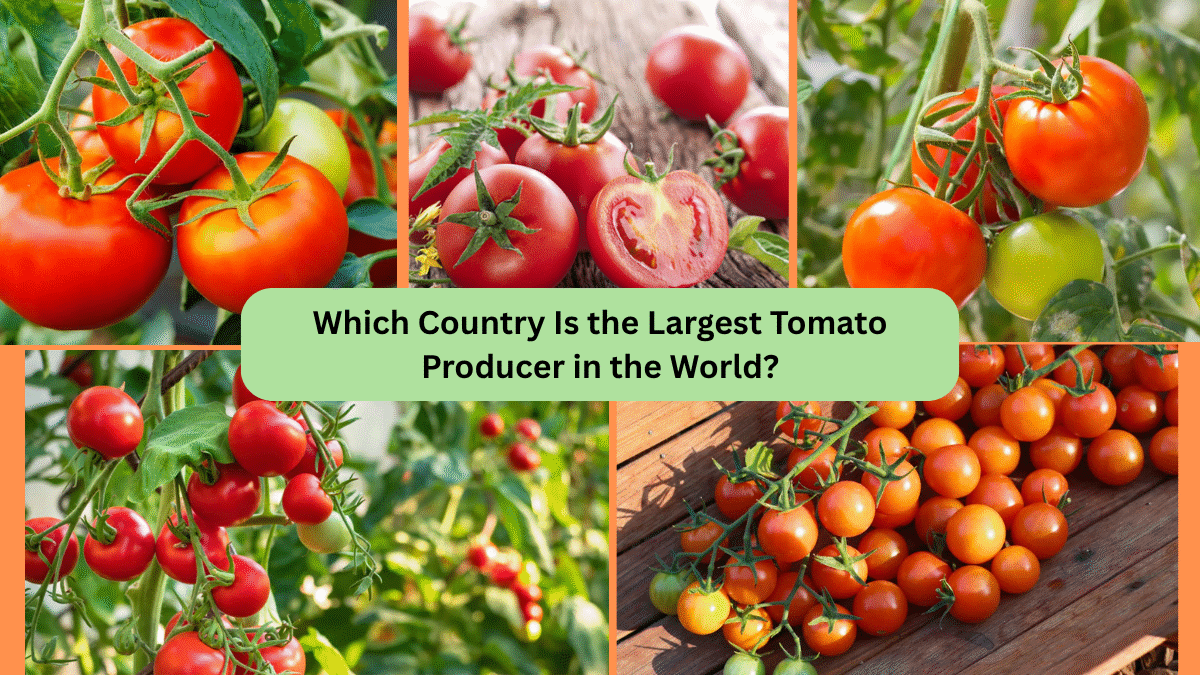

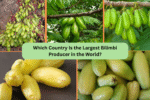
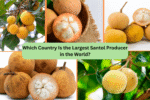
Leave A Comment